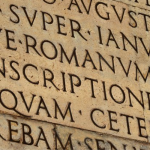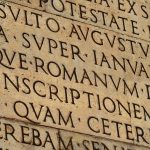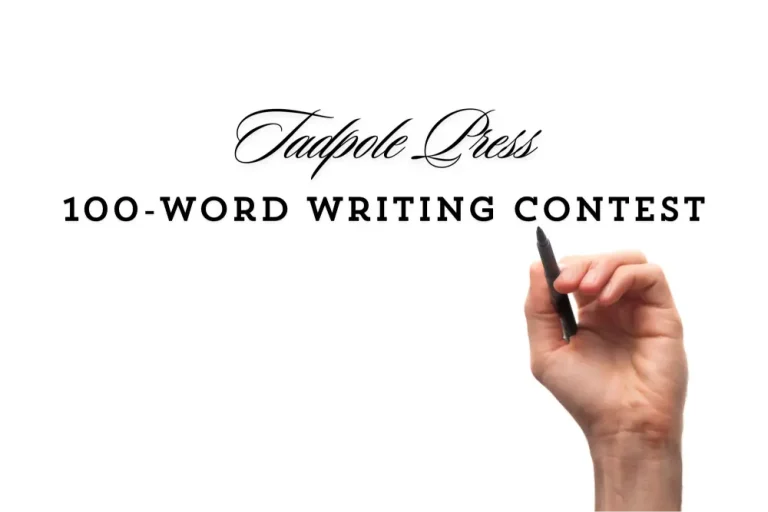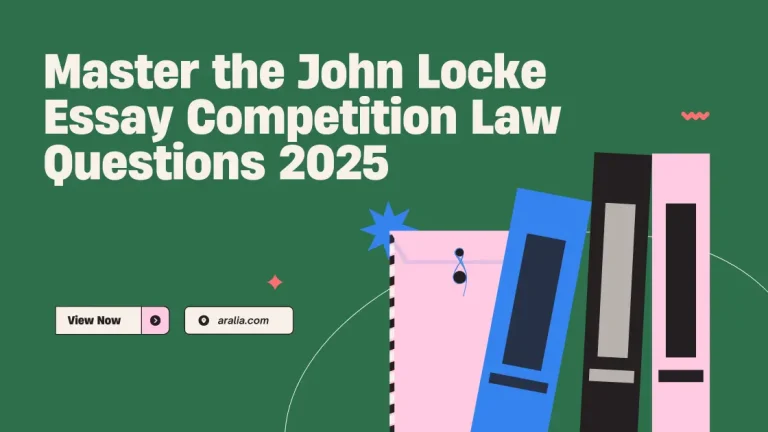Worried that Latin is too difficult to start?
1. The Bantam New College Latin & English Dictionary
Editor: John Traupman
ISBN: 978-0553590128
A well-rounded mid-sized dictionary, the Bantam New College Latin & English Dictionary contains approximately 70,000 words and phrases spread across 700 pages. It is a great option for students looking for a resource that balances comprehensive content and portability.
It includes sections on pronunciation, grammar, history, and even mythology, making it particularly useful for those just beginning their Latin journey. The dictionary also provides an English-Latin section, which is often helpful for those translating from English to Latin. Additionally, it includes more contemporary slang and neo-Latin terms, giving users insight into modern applications of the language.
This dictionary is an excellent starting point for learners. However, if you aim to work through classical texts, you may need to pair it with a more extensive resource.
2. Cassell’s (Standard) Latin Dictionary
Editor: D. P. Simpson
ISBN: 978-0025225800
For students ready to dive deeper into classical Latin, Cassell’s Latin Dictionary is a fantastic choice. It spans 880 pages and focuses on Latin vocabulary from 200 BC to AD 100. This dictionary offers both Latin-English and English-Latin sections and is known for its thorough explanations.
Cassell excels in its inclusion of usage examples from classical literature and its section on idiomatic expressions, which are valuable for understanding the nuanced meanings of words in context. The combination of detailed content and accessible format makes it a go-to resource for students working through classical texts.
If your goal is to read and translate works by authors such as Virgil, Cicero, or Horace, Cassell’s Latin Dictionary will be indispensable.
Unlock Your Language Potential: Students in Our Language Competition Preparation Class Are More Likely to Secure Awards
3. Lewis & Short (A Latin Dictionary, or Harpers’ Latin Dictionary)
Editors: Charlton Thomas Lewis, Charles Short
ISBN: 978-0198642015
This dictionary is undoubtedly one of the most widely used Latin-English dictionaries among Latin learners and scholars. It covers Latin from the 2nd century BC through the 8th century AD, spanning over 2,000 pages filled with detailed entries. It is particularly useful for those studying not only classical Latin but also medieval Latin texts.
Over the years, though some scholars have critiqued its accuracy, particularly in vowel quantities, but its comprehensive nature and wealth of literary examples still make it a staple in Latin literature. Due to its depth, this dictionary is best suited for those already familiar with the basics of Latin grammar and vocabulary
4. Oxford Latin Dictionary
Editor: P.W. Glare
ISBN: 978-0199580316
If you’re looking for a dictionary built on modern research, the Oxford Latin Dictionary is one of the best on the market. With 2,400 pages, this dictionary covers Latin up to AD 200, excluding much of early Christian Latin.
Unlike other dictionaries, the Oxford Latin Dictionary isn’t a revision of older works but is built from the ground up on contemporary research. The clear arrangement of entries and detailed definitions make it user-friendly, even for those who are new to Latin. It pairs well with Lewis & Short’s dictionary for those wanting a more holistic approach to both classical and medieval Latin.
These are our recommended Latin dictionaries, and we hope they will be helpful to Latin learners at all stages!

This course explores the basic grammar, syntax, morphology, and vocabulary of Latin. Students will also learn linguistic terms and gain an in-depth understanding of Roman culture and history. By studying Latin, students will gain a comprehensive understanding of both Latin and English grammar, encouraging them to think critically about meaning and word formation.

This course deepens students' understanding of fundamental knowledge of Latin grammar, syntax, and morphology. Centered around themes of ancient Roman history, literature, and culture, students will develop skills to translate Latin, enabling them to read adapted Latin prose and poetry passages. This course will help students continue to build their foundation in vocabulary, grammar, and overall comprehension.










